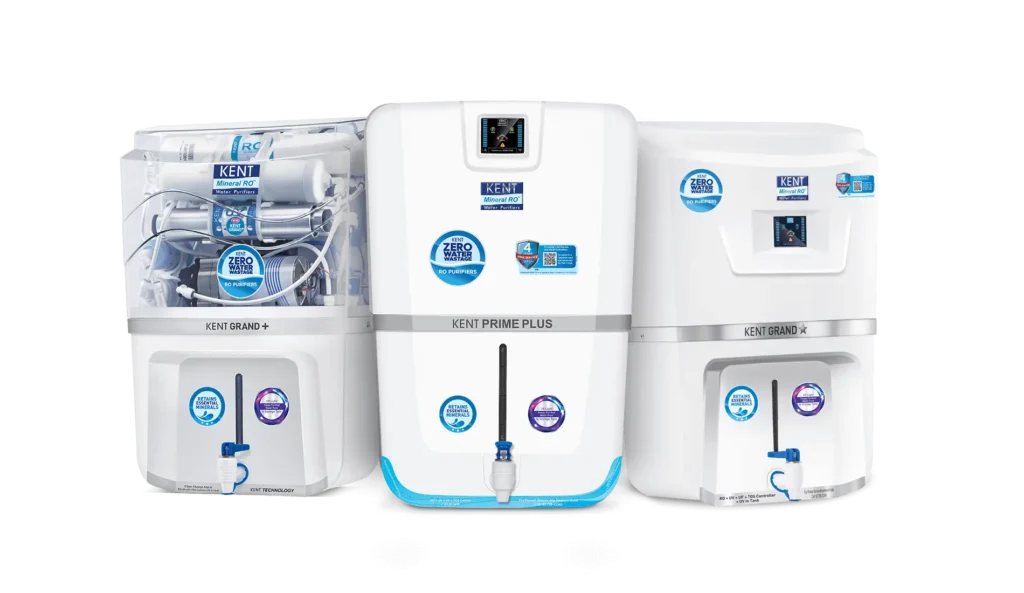What Is the Full Form of RO?
RO Full Form is Reverse Osmosis. Reverse Osmosis is a filtration method that utilizes a semipermeable, porous membrane that allows only pure water to pass through, thereby removing impurities and large molecules.
RO technology is primarily applicable to portable water production in water treatment facilities and factories. The solute is the final byproduct. It occurs when the pure solvent is allowed to follow one end of the membrane, permitting the accumulation of a solvent on an appropriate side of a membrane. Reverse Osmosis eliminates suspended and dissolved microorganisms, such as bacteria, from water.
Read Other Full Forms

Working Principle of Reverse Osmosis
In Reverse Osmosis, the osmosis principle is inverted. The salt solution is compressed and pressed against the semipermeable membrane. Here, the applied pressure exceeds the osmotic pressure. Therefore, the molecules are moving from a highly concentrated solution to a solution with a lower concentration.
Difference between Osmosis and Reverse Osmosis
| Osmosis | Reverse Osmosis |
| It is the process by which solvent molecules migrate across a semipermeable membrane from a region of lower concentration to one of higher concentration. | This is the process by which solvent molecules pass through a semi-permeable membrane from a region of high concentration to a region of low concentration when a force greater than the osmotic pressure is applied. |
| It happens along with a potential gradient. | It happens against the potential gradient. |
| It is observed during stomatal opening and the uptake of soil water by the roots. | It is observed in the water purification system. |

